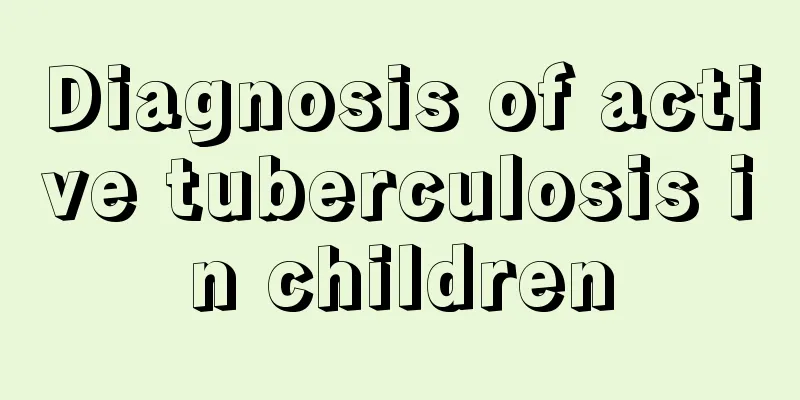What is subarachnoid hemorrhage in newborns?

|
Neonatal subarachnoid hemorrhage is a common phenomenon for newborns. It is a physiological phenomenon caused by squeezing during delivery. Some parents may be frightened by the name of neonatal subarachnoid hemorrhage, but it is actually unnecessary. In order to let parents correctly understand the symptoms of neonatal subarachnoid hemorrhage and dispel their concerns. Let’s take a look at the introduction below. A small amount of subarachnoid hemorrhage will not have much impact on the child and will not leave any sequelae. It will be absorbed after a period of time. Don't worry. We often encounter this situation in clinical practice, and they all recover well. The key to intracranial hemorrhage depends on the location and amount of bleeding, as well as the method of delivery. If it is a normal delivery, it depends on whether the baby is injured by forceps or over-squeezed by the birth canal. If it is excluded or delivered by cesarean section, it also depends on whether the baby is calcium deficient. Parents should not be nervous, but should pay close attention to whether the child's fontanelle is bulging, whether there is vomiting (projectile), whether there is limb twitching, and gaze (the purpose is to rule out increased intracranial pressure in the child) Please rest assured that many children born naturally will have symptoms of intracranial hemorrhage, but this is not a disease. We can only blame it on the fact that medicine has developed and deteriorated. If you have the ability to find 10 children born naturally to do CT scans, it is estimated that 8 of them will have bleeding. Newborns should not undergo too many CT scans as this can cause severe damage to brain cells. Moreover, children do not know how to cooperate and the scan may not be successful the first time. Repeated scans may cause greater harm to the child. Even if the bleeding causes damage to some brain cells, there is no need to worry. The brain of a newborn is like a wasteland without roads. The neural reflex arc has not yet been established. The damaged cells can be completely ignored through compensation because the adult brain only utilizes 1/1000 of the capacity. Children's recovery function is much stronger than that of adults, so the possibility of leaving sequelae is very small. Moreover, if it is not cerebral hemorrhage, there is no possibility of leaving sequelae. From the above introduction, it can be seen that there is no need to worry if there is only a small amount of neonatal subarachnoid hemorrhage, because the growth and development of newborns is very fast, and they can rely on their own growth to gradually alleviate the symptoms of neonatal subarachnoid hemorrhage or even eliminate them. Therefore, parents only need to observe carefully for a period of time and conduct regular checks. |
<<: How to deal with herpes in children's throat?
>>: What are the dangers of adenoids hypertrophy in children?
Recommend
The child has a little astigmatism
Children nowadays are exposed to mobile phones an...
What is the best age for children to learn vocal music?
In order to prevent their children from losing at...
What is the cause of deformed hands and feet in newborns?
If a child has deformed hands and feet, it will b...
What causes sleepiness in children?
Narcolepsy is a very common disease in our daily ...
Six month old baby loves to stick out tongue
After ten months of pregnancy, the most important...
How to treat allergic rhinitis in children?
The health status of children is of great concern...
What is good to eat for children to strengthen their spleen and stomach?
Weak spleen and stomach are generally caused by i...
At what age do children usually change their teeth?
Many people don't know at what age children u...
Four reasons for children's tooth decay, children's oral hygiene should pay attention to
If you are a parent of a child, then you will kno...
What should I do if my 3-year-old baby coughs?
Coughing is not a disease, but once it starts, it...
Why does my baby's lips blister?
When the baby was young, his lips were always cov...
When will the baby's fontanelle close and what should I do if it closes prematurely?
The baby's fontanelle will close automaticall...
What to do if your one-year-old baby has protruding ribs
Some babies will have some symptoms when they are...
What to do if your child's heart rate is too fast
If a child's heart rate is too fast, parents ...
Should children's back teeth be replaced?
Generally speaking, babies between the ages of 2 ...









